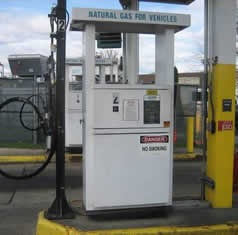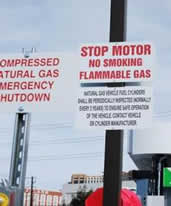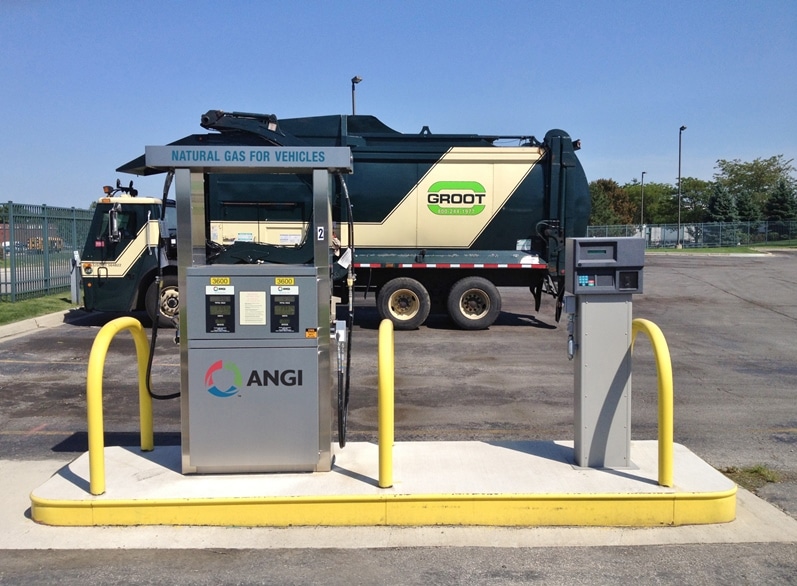By Leo Thomason, Executive Director, NGVi

While there were organizational changes to NFPA-52, and even a slight renaming of the code, this article highlights the major revisions and how they affect future station designs, as well as existing CNG stations.
Fuel Quality Specifications Have Changed
NFPA-52 (2016) modified the requirements for CNG fuel quality, addressing both the fuel that comes to the station as well as the fuel that is dispensed into vehicles. For example, the new version of the code includes minimum hydrogen content in natural gas used as a vehicle fuel. It also specifies the water content in natural gas vehicle fuel differently than previous versions of the code. This change will affect the inlet natural gas dryer by requiring it to meet a lower temperature threshold.
A CNG Station Maintenance Plan is Now Required for All Existing and New Stations

This NFPA-52 modification is retroactive, which means it applies to every existing stationcurrently operating, as well as every new station to be constructed. Regarding CNG stations maintained by a third-party, the station owner still is required to ensure this plan is in place.
Since CNG station components must be maintained in accordance with specific manufacturers’ instructions, the maintenance plan cannot be generically applied, and must be directly applicable to a specific manufacturer’s equipment.
Non-Standard Fueling Station Design
NFPA-52 (2016) now includes special requirements for what it calls an “alternate station design” for any station that deviates from what the industry considers a “typical design for 3,600 psi service.” It requires unique site distances, operating requirements and equipment locations for these stations.
Station Signage
NFPA-52 (2016) also makes changes to the types of signage required at CNG fueling stations. In addition to the “flammable gas, stop motor and no smoking signs,” the new version of the code requires an additional sign to be displayed at each fast- or time-fill CNG dispenser, including one that deals with verification of the temperature compensation system.
Dispensers
In addition to the requirement from the previous versions of the code, NFPA-52 (2016) now also requires the dispenser system at CNG fueling stations to detect any malfunction that fills the vehicle fuel storage cylinder in excess of its specific limits or causes the safety relief valve to open. This new requirement is significant and may require equipment changes inside CNG dispensers.
NFPA-52 (2016) modifies the types of high-pressure storage vessels that can be used at CNG stations to include NGV2 cylinders as long as they meet certain pressure protection requirements.
It is imperative that anyone involved with building or operating a CNG fueling station be fully familiar with the code requirements governing CNG fueling stations, including the latest version of NFPA 52. Existing CNG station operators especially must be familiar with the codes that now apply to those stations, such as the requirement for a CNG fueling station maintenance plan.
If you’d like to learn more about the full spectrum of code requirements and how you can ensure that stations you’re involved with are in compliance, check out NGVi’s two upcoming CNG fueling station courses to be delivered in Las Vegas, NV: CNG Fueling Station Design Training, April 24-25, and CNG Fueling Station Operation and Maintenance Training, April 26-27.

